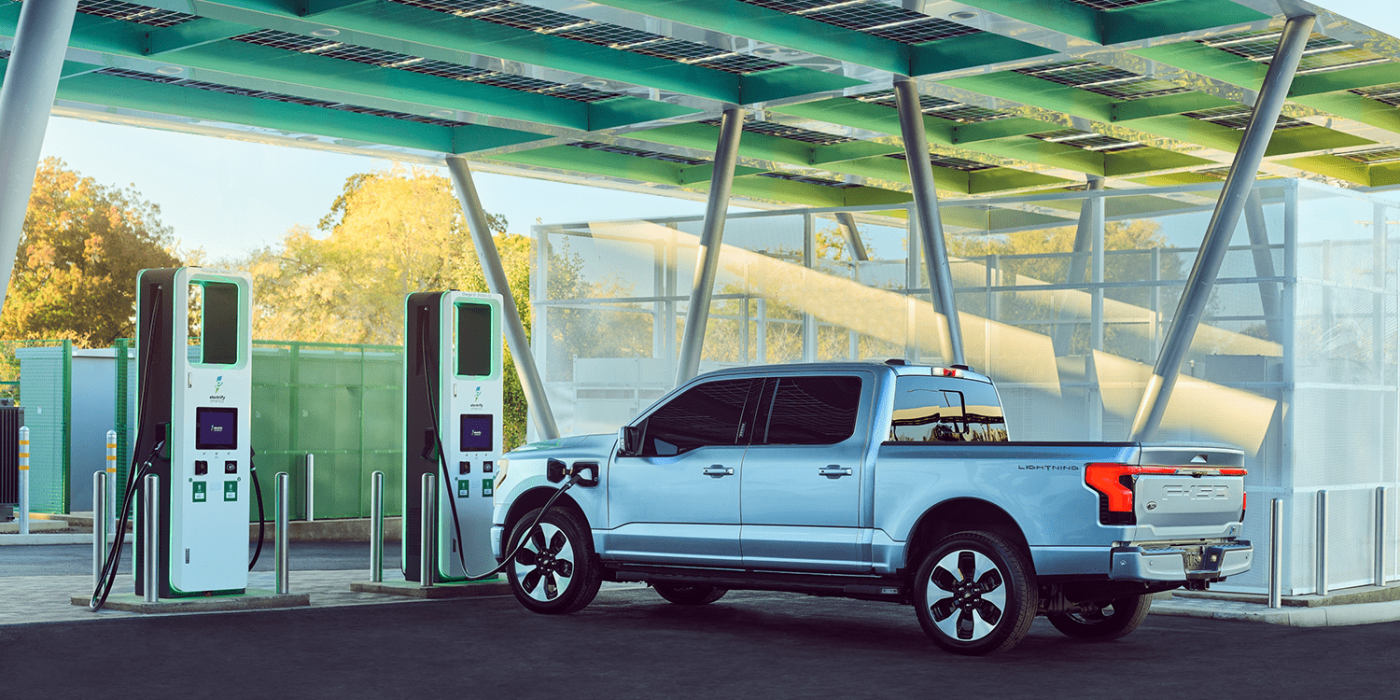US could weaken proposed tailpipe emission cuts
As reported by Reuters, the EPA’s revised regulation cuts proposed yearly emission targets through the end of the decade. There have yet to be concrete figures, but according to the news agency, it has been agreed behind the scenes that car manufacturers will have to achieve less than the previously estimated 60 per cent of their sales with EVs by 2030. The final version will be published next month.
The original EPA proposal for the period from 2027 to 2032 stated that car manufacturers should aim for an EV share of 60 per cent of their new vehicle production by 2030 and 67 per cent by 2032 to meet the stricter emissions requirements. Specifically, a draft published by the EPA in April 2023 stated that car manufacturers would have to reduce new car emissions by 56 per cent by 2032, which would have been possible with the above-mentioned electric car quotas.
However, the euphoria has cooled in the US. Ford reported high losses for its EV division and has put projects along its EV roadmap on ice. Given the low demand, General Motors also postponed production starts for EVs. Reuters reports that car manufacturers and the United Auto Workers union urged the Biden administration to slow down the planned increase in electric vehicle sales. “They say EV technology is still too costly for many mainstream U.S. consumers and that more time is needed to develop the charging infrastructure,” the article says.
The Alliance for Automotive Innovation (AAI), a trade group that organises GM, Ford, Stellantis, Toyota and Volkswagen, to name a few, had called the original EPA proposal “neither reasonable nor achievable” in 2023. Last year, electric vehicles accounted for around 8 per cent of sales in the US.
In its original form, the EPA’s rules would have represented “the most aggressive US vehicle emissions reduction plan to date, requiring 13 per cent annual average pollution cuts,” according to a statement made when the proposal was unveiled in April 2023. At that time, the EPA reportedly assumed that manufacturers would have to calculate an additional cost of around 1,200 dollars per vehicle to fulfil the planned requirements. “These standards are very ambitious and follow the sense of urgency that the president and this administration have in addressing the climate crisis,” EPA Administrator Michael Regan told Reuters at the time.
While the EPA does not set annual sales quotas, under the Clean Air Act, it can limit the pollution that results from the total number of cars a manufacturer sells. The EPA can set the limit so that it can only be achieved with a certain percentage of zero-emission vehicles.
Incidentally, the EPA also presented proposals for commercial vehicles in April. According to the latter, 50 per cent of buses and refuse collection vehicles should be electric by 2032. For short-haul tractor units, the quota is 35 per cent, and for long-haul trucks, it is 25 per cent.





0 Comments